Fire Safety in the Shop
How to prevent, detect, and put out firesNo matter the size of your shop, fire hazards are present day in and day out. Wood is a combustible material, but when it’s in the form of a solid mass, such as a plank of lumber, it is difficult to ignite and to keep burning. Try holding a match to a large piece of wood and see which gets burned first, the wood or your fingers. If you took that same piece of wood, put it through a thickness planer, and held a match to the pile of shavings, you’d be amazed by how quickly it would ignite.
The best way to prevent a fire in your shop is to practice good housekeeping. Sawdust and wood shavings are the two most commonly dangerous products in a woodshop. They are ignited easily, and the fire can spread with unbelievable speed and intensity.
Excerpt from FWW #174 article “Fire Safety in the Shop.”
Become a member to download the PDF in printer-friendly format.
The careless use, storage, and disposal of finishing supplies also are frequently encountered fire hazards. Many woodworkers store cans of varnish, containers of solvents and thinners, and organic-based finishes, such as linseed oil and tung oil, on open shelves in the shop, where they can provide the fuel to greatly accelerate the spread of a fire.
Prevention is mostly common sense
Three elements are required to cause a fire: fuel, oxygen, and a source of heat. Take away any one of them, and you cannot have combustion.
We need the oxygen to breathe, so we can’t remove that. We often can remove the heat to prevent a fire (by not smoking or not using torches or welding equipment in a woodshop). But the easiest item to remove is the fuel. It may seem like a real chore to sweep up a pile of wood chips or shavings after a long day working in the shop, but by cleaning up, you can remove the most manageable portion of the three elements needed to start a fire.
Electricity, another hazard in most shops, often is blamed as the cause of a fire, but seldom is that borne out by a competent fire investigation. In a clean shop, this heat source rarely is the cause of a fire. If an electrical short circuit does occur, it must have a fuel to feed upon. Without contact with piles of sawdust or wood shavings, the likelihood of a short circuit starting a shop fire is improbable (but possible— Ellis Walentine suspected a 1999 fire in his shop was caused when arcing in a loose connection in the electrical panel ignited some accumulated sawdust.). Still, any tool or piece of machinery that has a cord that is frayed, cracked, or otherwise not in great condition should be replaced, and all electrical connections should be secured tightly.
One of the frequently forgotten and least understood causes of fire in the shop is spontaneous combustion of rags and waste. When an organic oil, such as linseed oil or tung oil, is applied to rags used for finishing, a heating process takes place. This heating takes place only in the presence of oxygen, and when the heat given off by the process is not allowed to dissipate, it will continue until the rags reach a temperature that is high enough to ignite them.
|
Rags soaked with flammable finishes can ignite spontaneously, so they must be disposed of properly. With its springloaded, self-closing lid, this red bucket prevents spontaneous combustion. A plastic bucket half-filled with water also will work. |
By placing used rags in a steel container with water and a cover on it, this process will not occur. An acceptable alternative is to hang the rags in a single layer on a clothesline or a fence, which allows the rags to dry without the heat buildup. The application of a flammable finish by hand is not without hazards, but if there is good air exchange with fresh outside air, the vapors given off by the finish can be diluted to a safe level. Most of these vapors are heavier than air and will sink to the floor. Be especially careful about any possible source of ignition (such as water heaters, furnaces, portable heaters, and electric fans) down near the floor close to where you are working.
The proper storage of flammable and combustible materials used in finishing projects is one of the most neglected safety issues in many workshops. Cans and sometimes even glass bottles stored on open shelves can fall off and release large quantities of hazardous materials. Spray cans containing any flammable or combustible materials are extremely dangerous items to have sitting on open shelves. These cans are considered by the National Fire Protection Association as the most hazardous of all flammable or combustible materials. Once ignited, finish supplies quickly can turn a small fire into a dangerous, raging inferno.
|
A storage cabinet for flammable liquids is meant to keep a fire from getting much worse very quickly. Whether you buy one or build your own, it should have a self-closing door and a lip on the shelves to keep spilled liquids from escaping. |
Commercially available storage cabinets for finishes can be expensive. But for small home shops, you can make your own inexpensive version by surrounding the contents on all sides with two layers of 1/2-in.-thick drywall, which will greatly slow the speed with which a fire will spread to the finishes inside the cabinet. The door should be self-closing, and the shelves should be lipped to contain any spilled liquid.
Equip the shop with heat detectors
The most sensitive detection device is the human nose, which can smell smoke long before any electronic gadget can detect it. But when you’re not in the shop, you must rely on other detection devices. Electronic detectors fall into three major categories: heat, smoke, and flames. Of these, heat detectors are best for a woodworking shop.
Smoke-detection devices—both the ionization type and the photoelectric type—are susceptible to false alarms caused by the dust generated in a woodshop. Flame detectors are not as susceptible to dust contamination, but they are much more expensive than heat detectors.
|
Smoke detectors can malfunction because of the dust found in the air of most woodshops. Heat detectors are a better choice in dusty environments. They are activated when the room temperature reaches a preset level, usually 135°F to 165°F. The heat detector in Ryden’s shop is powered by a circuit from the electrical service panel, and it is connected to a commercial alarm service through a telephone line. |
There are three types of heat detectors: fixed temperature, rate of rise, and a combination of both types. The fixed-temperature devices usually are set in the 135°F to 165°F range. When the temperature of the room reaches the preset level, the alarm sounds. The rate-of-rise detectors measure how quickly the room temperature increases. When it rises more than a certain number of degrees in a preset time period, the alarm sounds. The combination-type detector is the best for woodworking shops because it will sound the alarm as soon as it detects either a slow, smoldering fire or a quickly spreading fire. This alarm can be either a local alarm (sounding just inside or outside of the shop), or you can connect it to a monitored service (such as ADT or Brinks).
Putting out a fire once it starts
While detection devices are good to have in the shop, they do nothing to slow or stop the spread of a fire. This is best done by an automatic sprinkler system that utilizes water to be discharged only in the vicinity of the fire, most often extinguishing the fire before it can spread. Most of us would rather come into the shop and find some water damage than find that the entire shop has been destroyed. There are systems that can be installed to detect water flowing through the sprinkler piping and sound an alarm, thereby reducing the water damage.
|
If a fire occurs, damage will be minimized if a sprinkler system has been installed. |
Sprinkler heads are readily available and inexpensive. (I paid a sprinkler contractor about $5 each for the ones I installed in my shop.) The total cost to plumb my 900-sq.-ft. shop with sprinklers was less than $100, and it took me eight hours to accomplish–a small price for a lot of peace of mind. The most common sprinkler heads are the pendant style, which hang below the piping, and the upright style, which stand above the piping. They must be installed in the correct position or they will not function properly.
|
A typical sprinkler head will spray an area about 10 ft. by 10 ft. You can connect sprinklers to copper, galvanized, or PVC plastic pipes. PVC is the least expensive to install. Prime the pieces first with a cleaner, then daub on the cement. |
In most shop situations the pendant head is appropriate. These heads are available from local fire-sprinkler contractors, but you also can find some online suppliers by doing a Web search for “fire sprinklers.” The only application where water-sprinkler heads are not appropriate is in an unheated shop in a cold climate.
Place extinguishers near an exit
Every shop should have at least one well-maintained, easily accessible, portable fire extinguisher. Fire extinguishers are first-aid appliances. You must know when to use them and when to back off and let a professional handle the situation. The first thing you should do when a fire is detected is to call the fire department. They can always go home if they’re not needed. Fires are classified into four different categories: A, B, C, and D. The easiest way I know to remember them is as follows: Category A involves anything that leaves ash when it burns (paper, wood, cloth); B involves burning liquid (gasoline, paint, paint thinners, oil-based products); C includes circuit fires (live electrical fires in wiring, wiring devices, motors, electrical appliances); and category D fires involve combustible metals, which usually are not found in woodworking shops.
The most effective fire extinguisher for a shop is at least a 10-lb. multipurpose drychemical fire extinguisher, rated ABC on the label. This type of extinguisher can be applied to any kind of fire in a shop, has sufficient agent to extinguish almost any fire in its early stage, and can be used with minimal training.
|
Use an extinguisher rated ABC to fight woodshop fires fueled by wood, finishing supplies, or bad electrical connections. |
Another consideration with fire extinguishers is where to place them. You should always have to go toward an exit door to access the extinguisher.
|
Extinguishers should always be placed near an exit so you won’t get trapped by a fire while trying to access the extinguisher. |
That way, if the fire suddenly builds, you have a way out of the shop without having to go past the fire. Always keep a door at your back when using a fire extinguisher. Never allow a fire to come between you and a safe way out.
Photos: William Duckworth, Rodney Diaz, and (top) Ellis Walentine
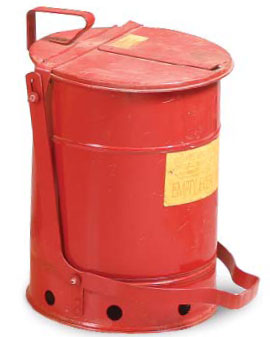
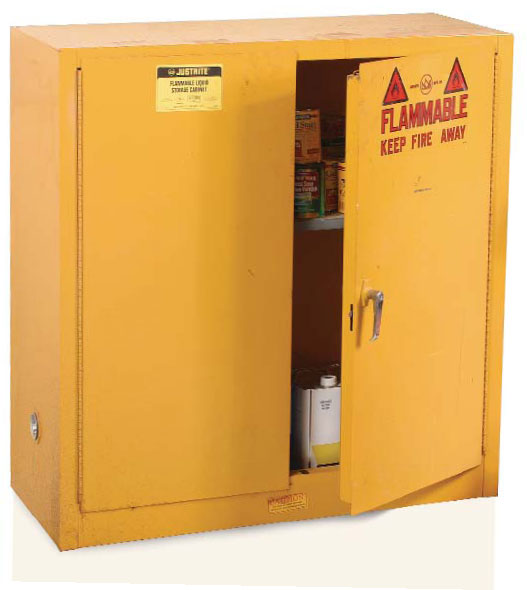
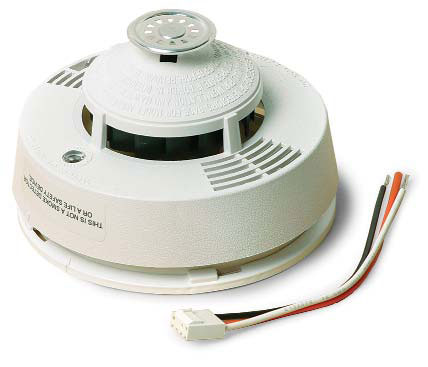
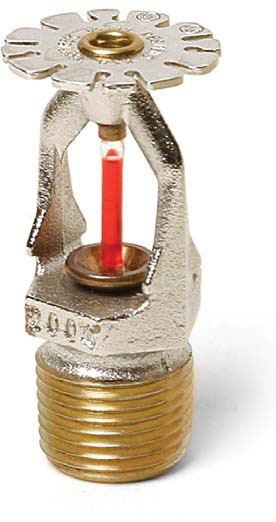
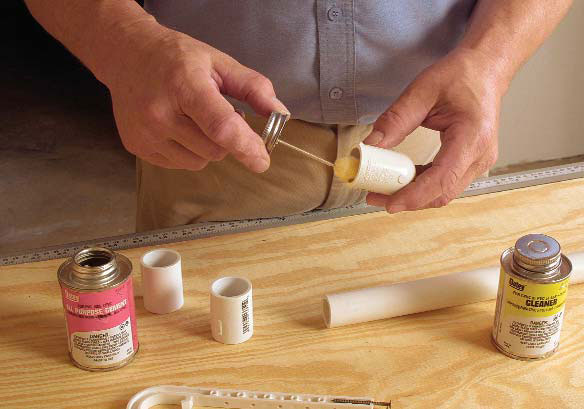
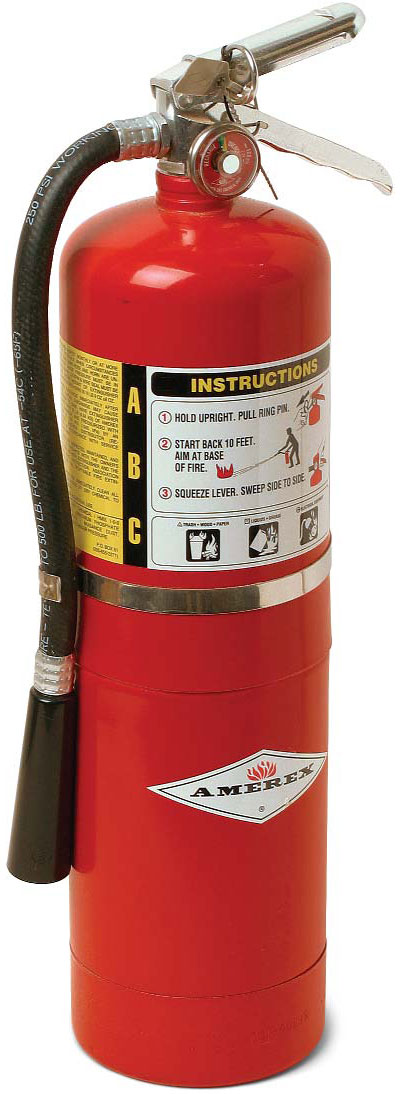
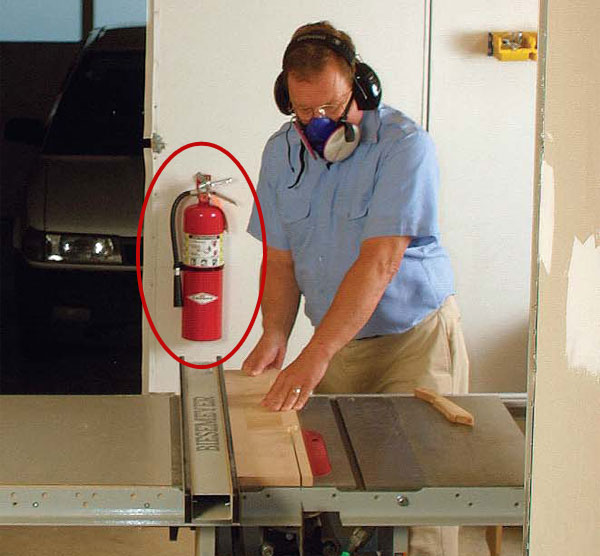






















Log in or create an account to post a comment.
Sign up Log in